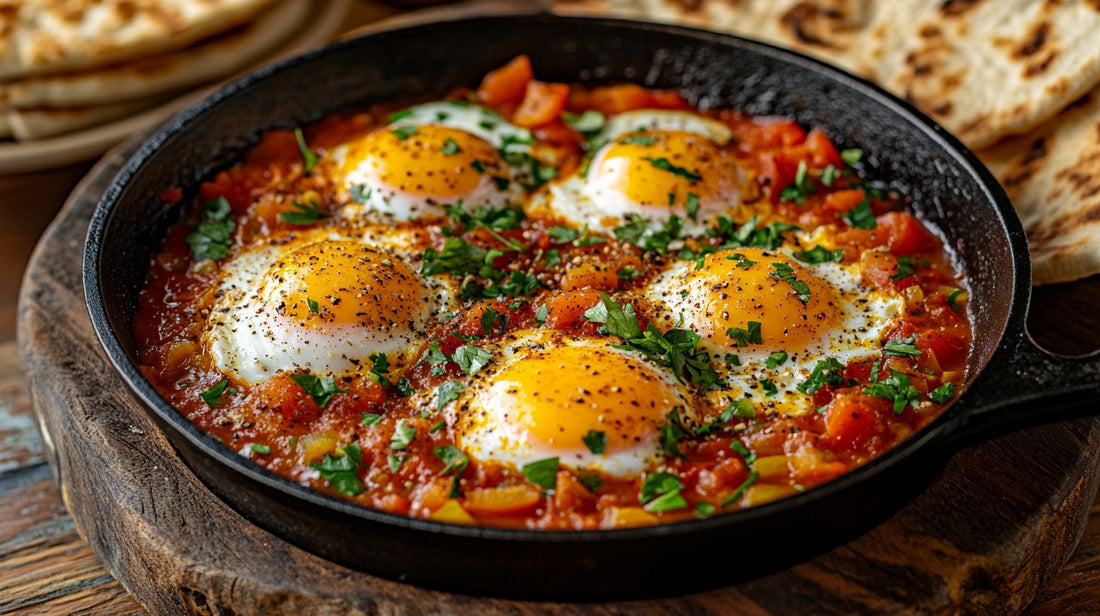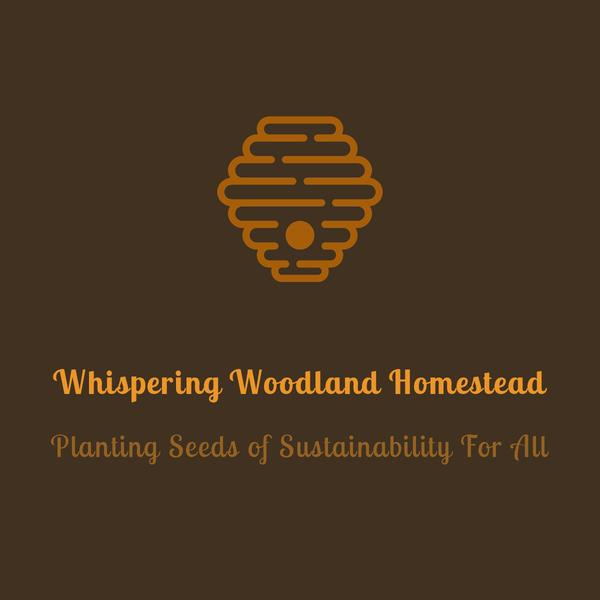
Cooking with Cast Iron: Pros, Cons, and Why It’s Worth the Investment
Introduction
Cooking with cast iron has stood the test of time for good reason. From its unparalleled durability to its versatile cooking abilities, cast iron cookware remains a favorite in kitchens worldwide. However, like any tool, it comes with its pros and cons. In this article, we’ll explore the advantages and challenges of cooking with cast iron and explain why the benefits far outweigh the drawbacks. If you’re considering investing in cast iron cookware, Whispering Woodland Homestead’s carefully curated collection is the perfect place to start.
Discover our cast iron collection here: Whispering Woodland Cast Iron Collection.
The Pros of Cooking with Cast Iron
-
Unmatched Durability
Cast iron is built to last a lifetime. Unlike other cookware, it resists wear and tear, with some pieces being passed down through generations. Proper care ensures your cast iron will remain in excellent condition for decades.Source: “Why Cast Iron Cookware Lasts Forever,” The Kitchn.
-
Even Heat Distribution and Retention
Cast iron excels at distributing heat evenly, making it ideal for dishes that require consistent cooking temperatures. Its heat retention is unmatched, keeping food warm even after it’s off the stove or out of the oven.Source: “The Science of Cast Iron Cooking,” Serious Eats.
-
Versatility
Whether you’re frying eggs, baking bread, or slow-cooking a stew, cast iron can handle it all. It transitions seamlessly from stovetop to oven and can even be used on a grill or open flame. -
Naturally Non-Stick Surface
A well-seasoned cast iron skillet develops a naturally non-stick surface without the use of synthetic coatings, providing a chemical-free cooking experience.Source: “Cast Iron Cookware: Safe and Healthy Cooking,” Healthline.
-
Health Benefits
Cooking with cast iron adds trace amounts of iron to your food, which can benefit those with low iron levels. This makes it not just cookware but a health ally. -
Eco-Friendly Choice
Cast iron’s longevity and lack of disposable components make it an environmentally friendly option. By choosing cast iron, you reduce the need for disposable or short-lived cookware.
The Cons of Cooking with Cast Iron (and How to Address Them)
-
Weight
Cast iron cookware is heavy, which can be a challenge for some users. Opting for smaller skillets or enlisting help when handling larger pieces can mitigate this. -
Maintenance Requirements
Proper care involves seasoning and avoiding harsh detergents. While this may seem daunting at first, it quickly becomes second nature, and the effort pays off in cooking performance.Tip: To season, coat the cookware with a thin layer of oil and bake it in the oven. This process creates a protective, non-stick layer.
-
Initial Investment
Quality cast iron can be pricey, but it’s a one-time purchase that will outlast cheaper alternatives many times over.Source: “The True Cost of Cast Iron Cookware,” Cook’s Illustrated.
Why the Pros Outweigh the Cons
While the challenges of cast iron—weight, maintenance, and cost—are real, they pale in comparison to its advantages. Unlike lightweight cookware that warps or loses its coating, cast iron’s durability ensures it will never fail you. The small investment in care pays off with decades of reliable performance. Additionally, its versatility and eco-friendliness make it a practical and sustainable choice.
When compared to non-stick pans or stainless steel cookware, cast iron stands out for its ability to provide both excellent cooking results and a healthier cooking environment. The pros clearly outweigh the cons, making it a worthwhile addition to any kitchen.
Conclusion
Cast iron cookware is more than just a cooking tool; it’s a lifetime companion in the kitchen. From its incredible durability to its versatility, cast iron empowers you to cook with confidence and sustainability. If you’re ready to experience the benefits for yourself, there’s no better time to start.
Ready to elevate your cooking? Explore our carefully curated cast iron collection today: Whispering Woodland Cast Iron Collection.
Bonus: Tips for First-Time Cast Iron Users
Seasoning: Start by seasoning your skillet to create a protective, non-stick surface.
Cleaning: Avoid using soap; instead, clean with hot water and a stiff brush.
Storage: Store in a dry place and ensure it’s completely dry to avoid rust.
Practice: Start with simple recipes like fried eggs or pancakes to get comfortable with cast iron cooking.
By following these tips, you’ll quickly discover why so many home cooks swear by cast iron cookware!
